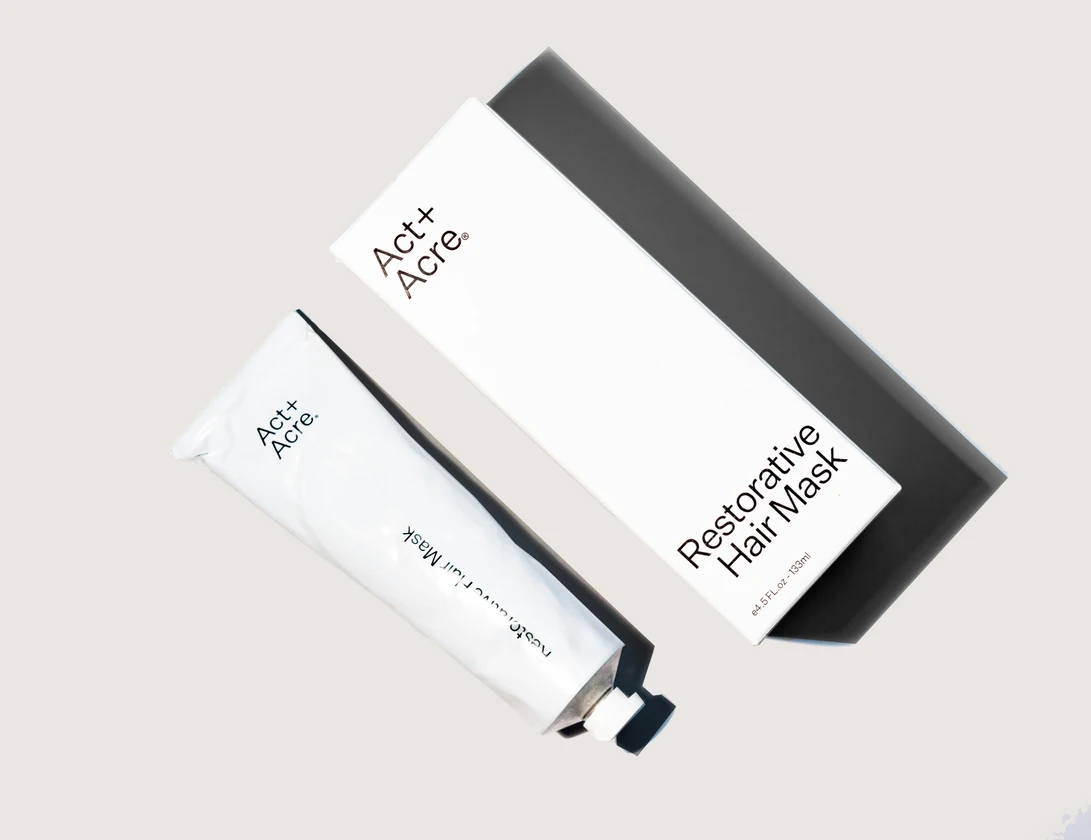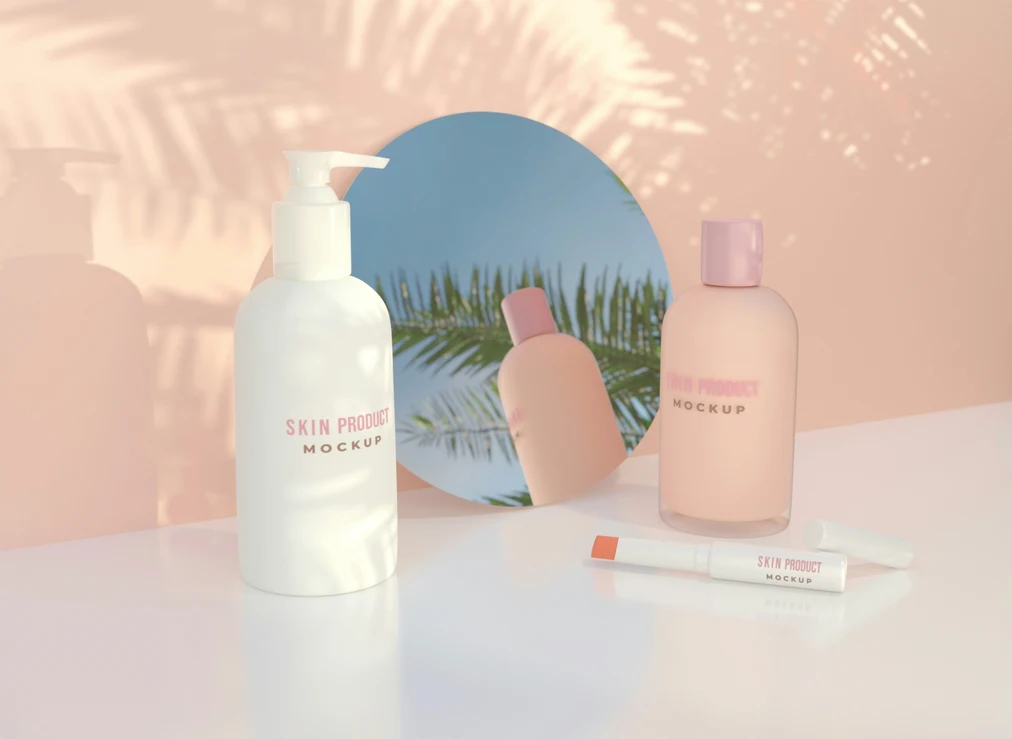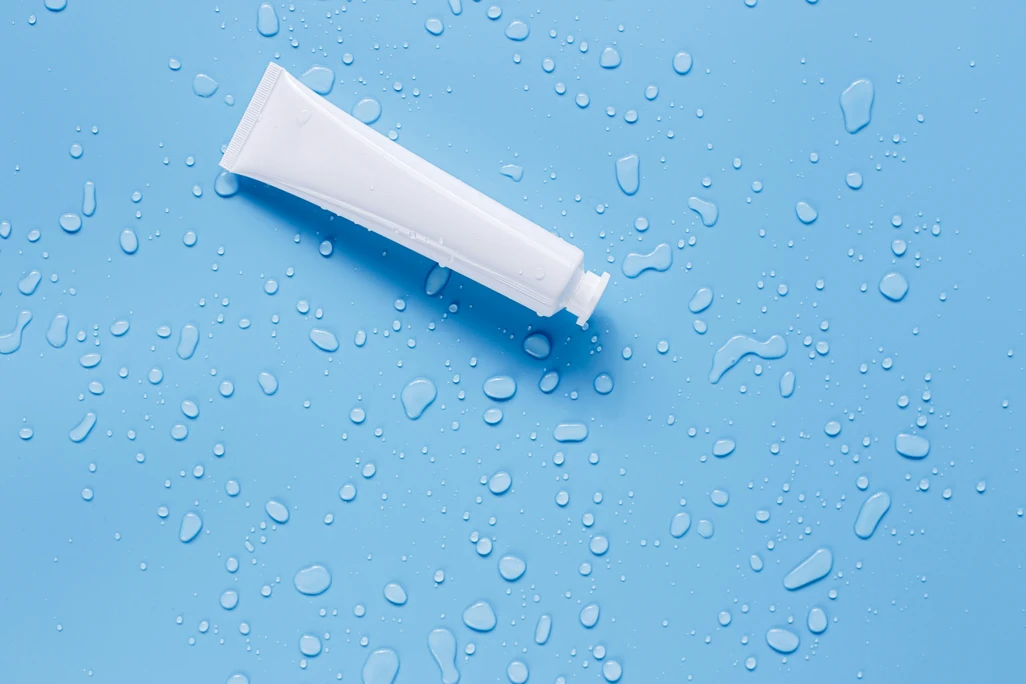Skincare is more than just a routine—it’s a ritual that can influence how we feel physically and emotionally. While most people choose products based on active ingredients or brand reputation, there’s another factor that plays a subtle yet powerful role: skincare textures. The way a cream melts into your skin, a gel refreshes, or a serum glides across the face can change not only how effective your routine feels but also how it impacts your mood.
The calming science of skincare textures lies in how touch, sensory response, and texture psychology affect your brain. Just as colors can affect mood, so can the feeling of a product. A silky cream can feel luxurious, a lightweight gel can feel refreshing, and a fast-absorbing serum can feel energizing. Understanding how different textures work allows you to choose products that not only support your skin but also uplift your mind.

The Psychology Behind Skincare Textures
Our brains are wired to respond to touch. The texture of skincare products stimulates the skin’s sensory receptors, which are connected to the nervous system. This means applying a product is not only a physical act but also an emotional experience. Creams, gels, and serums all create different sensory signals that can evoke calmness, refreshment, or invigoration.
For example, thicker creams often evoke comfort and security because they mimic warmth and protection, while lighter gels remind the brain of coolness and energy, making them perfect for hot climates or morning routines. Serums, being smooth and quick-absorbing, often feel like an efficient boost, signaling productivity and focus.
Creams: Comfort and Calm in a Jar
Creams are typically rich, thick, and moisturizing, which is why they are often associated with nourishment and protection. When you massage a cream into your skin, the slow absorption process forces you to pause, breathe, and indulge in the moment. This makes creams an excellent choice for nighttime routines when the goal is relaxation.
Creams also act as a sensory blanket, creating feelings of safety and calm. For people with dry or sensitive skin, this texture provides not just physical hydration but also psychological reassurance.
Gels: Refreshment and Energy for the Mind
Gels are light, water-based, and fast-absorbing, offering a burst of freshness. When applied, they often feel cool on the skin, instantly awakening the senses. This refreshing sensation can reduce mental fatigue and create a feeling of renewal.
Many people associate gels with summer or active lifestyles. Psychologically, the lightweight texture suggests efficiency and cleanliness, which is why gel-based products often appeal to people seeking a refreshing start to their day or relief after a long one.
Serums: The Smooth Efficiency Boost
Serums are concentrated formulas designed to deliver active ingredients quickly. Their texture is usually silky and lightweight, gliding across the skin with ease. Psychologically, this translates to feelings of precision and efficiency, making them popular with people who value productivity and visible results.
Because serums absorb quickly, they align well with fast-paced lifestyles. The sensation of instant absorption can give a mental “boost,” reinforcing the idea that something powerful is happening beneath the surface.

The Ritual of Texture and Mood
The way we interact with skincare textures also reinforces the ritualistic aspect of self-care. The sensory moment of applying a product can become a form of mindfulness, reducing stress and grounding you in the present.
- Creams = relaxation and winding down.
- Gels = refreshment and invigoration.
- Serums = focus and productivity.
By aligning textures with the time of day or your mood, skincare routines can shift from being purely functional to being emotionally supportive.
How to Choose the Right Texture for Your Routine
Selecting the right texture depends on both your skin type and your lifestyle.
- For dry or sensitive skin: Choose creams that provide hydration and a calming sensory experience.
- For oily or combination skin: Opt for gels that refresh without heaviness, offering light hydration and a clean finish.
- For targeted concerns: Serums are the best choice for delivering concentrated actives while creating a feeling of quick efficiency.
Blending these textures throughout your routine can also balance emotional needs—for example, using a gel in the morning for energy and a cream at night for calm.

Frequently Asked Questions (FAQS) About Skincare Textures
1. Why do skincare textures matter if ingredients are more important?
While ingredients are crucial for skin health, the texture influences your experience. Skincare routines that feel enjoyable are more consistent, and consistent use leads to better long-term results.
2. Can skincare textures affect mental health?
Yes. Textures stimulate sensory pathways that connect to the nervous system. Creams can soothe stress, gels can refresh the mind, and serums can create a sense of efficiency—all contributing to overall well-being.
3. Are certain textures better for specific times of day?
Absolutely. Gels work well in the morning to energize, creams are ideal for nighttime relaxation, and serums fit into any routine when targeted treatment is needed.
4. Do textures impact how products absorb?
Yes. Creams are thicker and absorb slowly, gels are lightweight and quick to sink in, and serums penetrate deeply to deliver active ingredients faster.
5. How do I know which texture suits my lifestyle?
Think about your routine. If you prefer fast, efficient application, serums may suit you best. If you value relaxation, creams are ideal. For those needing refreshment, gels are perfect.
6. Can I mix different skincare textures in one routine?
Yes. Many people combine a serum for targeted treatment, a gel for hydration, and a cream for overnight nourishment. Blending textures gives you both functional and emotional balance.
7. Is texture preference cultural?
In many ways, yes. Cultures with warmer climates often favor gels and lightweight products, while colder climates value and favor rich creams. Cultural rituals also shape how textures are perceived and enjoyed.
Want More Blogs Like These?
Want more blogs like these? Check out Beauty Bliss on Designs24hr for more insights on how skincare, beauty, and psychology blend to create a better daily routine for your daily life.







